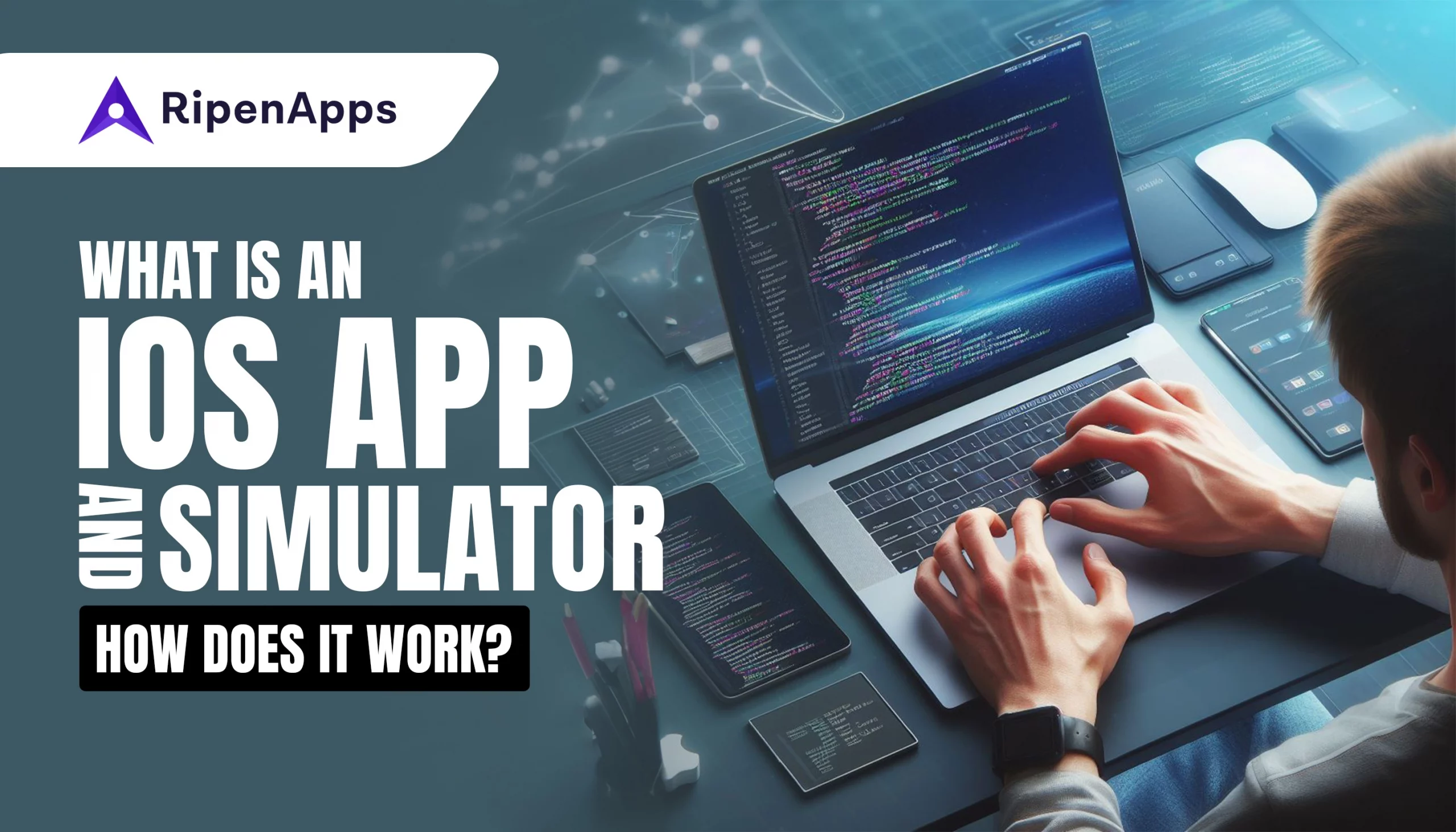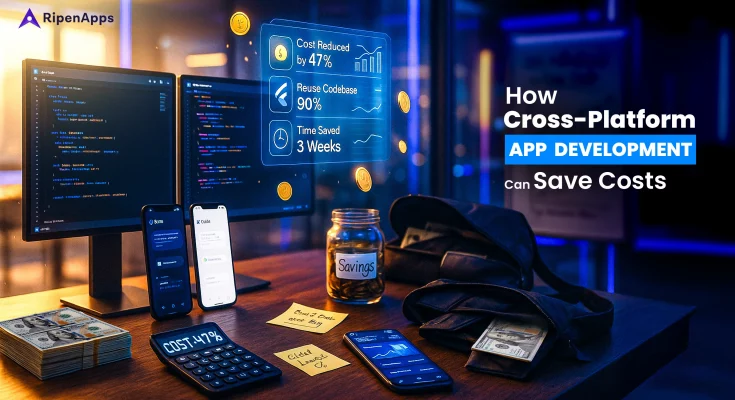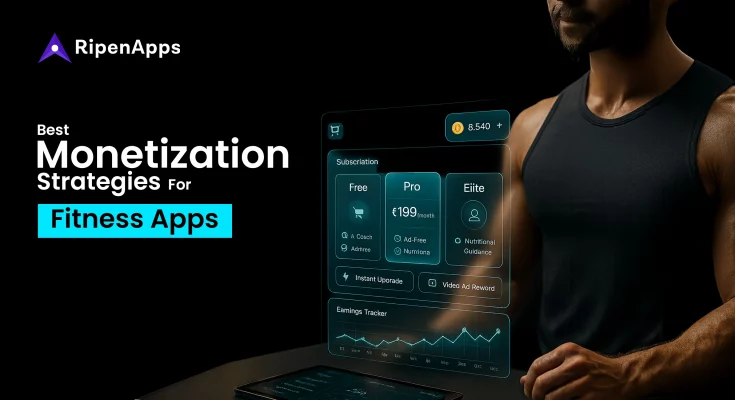iOS app development is a complex process where developers test the application using physical iOS devices. But what if we suggest a process where you can eliminate the need for physical devices?
The concept is known as an iOS app simulator. This simulation allows for a more efficient and cost-effective development process by eliminating the need for physical hardware during the early stages of app development.
In this article, we will explore what an iOS app simulator is, how it works, and its significance in the app development ecosystem.
Table of Contents
What is an iOS App Simulator?
An iOS app simulator is a software-based tool provided by Apple through its development environment, Xcode. It mimics the behavior of an iOS device, such as an iPhone or iPad, on a Mac computer. Developers can use it to run, test, and debug their iOS applications directly on their computer without the need for a physical device. This makes it an indispensable part of the iOS app development toolkit.
How Does an iOS App Simulator Work?
The working of the iOS app simulator can be divided into 5 phases; software emulation, Xcode integration, running and testing apps, debugging capabilities, and performance monitoring. Let us understand them in detail.
1. Software Emulation
The core functionality of an iOS app simulator is based on software emulation. It recreates the iOS environment on a Mac by replicating the iOS operating system’s functionality and hardware features, such as touch gestures, accelerometer data, and screen resolution. This allows developers to interact with their apps as if they were running on a real iOS device.
2. Xcode Integration
Developers typically use Apple’s integrated development environment (IDE), Xcode, to build iOS applications. Xcode includes the iOS Simulator, making it seamless to test and debug code within the same development environment.
Developers can select from a range of simulated iOS devices, including various iPhone and iPad models, each with its screen size and characteristics. Make sure that you hire an agile iOS app development company that is an expert at Xcode integration.
Read Also : How To Hire iOS App Development Company?
3. Running and Testing Apps
To use the iOS Simulator, developers simply open their project in Xcode and choose a target device from the list of available simulators. When they click the “Run” button, Xcode compiles the app and launches it in the selected simulator. The simulator window opens, displaying the app just as it would appear on a real device.
Developers can interact with the app using their computer’s keyboard and mouse or a connected hardware keyboard. The simulator provides access to various iOS features like GPS location, cameras, and sensors for testing different app functionalities.
4. Debugging Capabilities
One of the most significant advantages of using the iOS simulator is its robust debugging capabilities. Developers can set breakpoints, inspect variables, and step through their code to identify and fix issues. Xcode’s debugger integrates seamlessly with the simulator, making it easier to pinpoint and resolve bugs.
5. Performance Monitoring
Simulators also offer performance monitoring tools that allow developers to analyze their app’s resource usage, such as CPU and memory utilization. This helps in optimizing app performance for different iOS devices.
Also Read: Strategies to Incorporate for Successful iOS App for Your Business
Significance of iOS App Simulators in App Development
From cost-effective development to higher efficiency, testing multiple iOS versions virtually, and resource monitoring, simulation is very significant for iOS app development. It eases the complete mobile app development process for businesses.
- Cost-Effective Development: iOS devices are expensive, and developers often need to test their apps on multiple devices with various screen sizes and iOS versions. Using simulators significantly reduces hardware costs.
- Efficiency: Simulators enable rapid testing and debugging, leading to faster development cycles. Developers can switch between different simulated devices quickly, making it easier to spot and fix compatibility issues.
- Accessibility: Simulators make iOS app development accessible to a broader audience, including those who may not own Apple devices. This inclusivity fosters innovation within the iOS ecosystem.
- Testing for Multiple iOS Versions: Simulators allow developers to test their apps on different iOS versions, ensuring compatibility with older devices and operating systems.
- Real-World Scenarios: Developers can simulate various real-world scenarios, such as poor network connectivity or low battery, to ensure their apps perform well under different conditions.
- Resource Monitoring: The ability to monitor resource usage helps in optimizing app performance, ensuring that it runs smoothly on all supported iOS devices.
Limitations of iOS App Simulators
We have explored the positive sides of iOS app simulators; however, there are some limitations associated with them. However, hiring the right mobile app developers will help you solve limitations since they have a proper infrastructure.
- Limited Hardware Access: Simulators cannot fully replicate the hardware features of a physical device, such as GPS accuracy or sensor data. Some apps, especially those heavily reliant on hardware-specific features, may require testing on real devices.
- Incomplete Testing: Although simulators are excellent for functional testing and debugging, they may not catch all device-specific issues or performance bottlenecks.
- User Experience Differences: Simulators do not account for variations in user behavior and interaction patterns that can be observed on real devices.
Wrapping up
An iOS app simulator is an essential tool for iOS app developers. It provides a cost-effective, efficient, and accessible way to develop and test applications for the iOS platform. By replicating the iOS environment on a Mac, simulators enable developers to identify and resolve issues, optimize performance, and ensure compatibility with a range of iOS devices and versions.
While they have limitations, simulators remain a fundamental component of the iOS app development workflow, contributing to the growth and innovation of the iOS app ecosystem.











 India
India USA
USA Australia
Australia Canada
Canada UK
UK UAE
UAE
